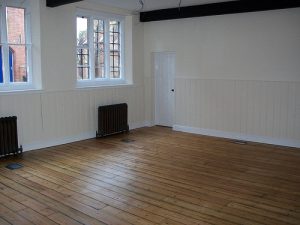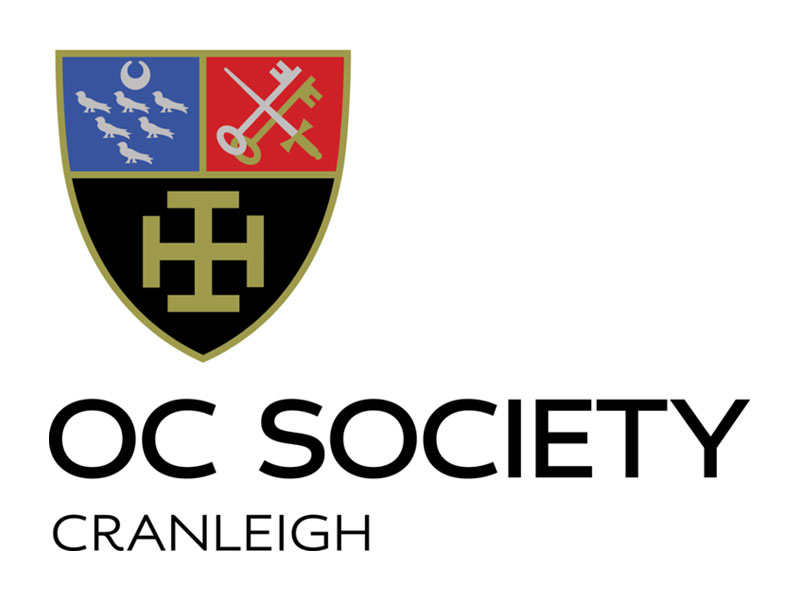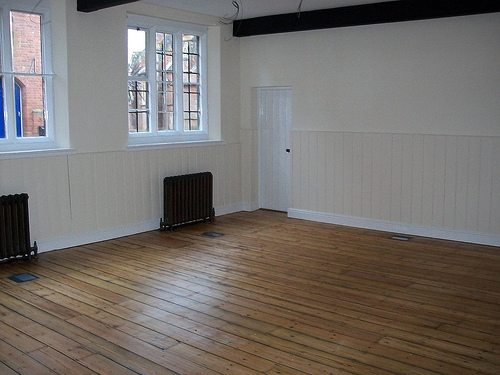After years of being hidden away in a boiler room above the Common Room, the Cranleigh archives are moving to a new home next month – the old bookshop. The new area will be known as the Cranleighan Roo m.
m.
With most books now bought online, the bookshop no longer needed the space on the east corridor of the Quad and so a decision was taken to amalgamate it with the current school shop.
The archives did not exist in any real form until Suzanne Mann took them on in the 1980s and was allocated a space not wanted by anyone else. Over the last 25 years Suzanne gradually sorted through what was there and slowly continued to add to what was there.
In the last few years it became increasingly apparent that the archive had outgrown its space, and was also at risk from being in an area often damp and with no storage facilities. By last year it was all but impossible to move for piles of Cranleighan magazines and other ephemera.
The Cranleighan Room will enable the archives to be sorted and stored properly, and also enable a regularly-changing display in the window. The plan is also for the room to be opened to enable more material to be displayed on occasions such as Speech Day. It will also be used as a work area for the archivist as well as the interns.
From almost nothing, Suzanne had worked tirelessly to plug gaps in the archives. Sadly, much was discarded in the 1950s and 1960s, an era when ties to the past were considered unfashionable. But some material has survived, and in the course of planning for the move more has come to light, including some honours boards rescued from the scrapheap by a diligent member of the bursarial staff.
The intern project will also assist with the collating of archives and eventually all pupils who have been to Cranleigh since 1865 will be on a searchable database.
Suzanne also answers a stream of correspondence from Old Cranleighans and their families.
Anyone who has ephemera relating to Cranleigh should contact Suzanne or Martin Williamson. There is particular interest in old photographs, especially informal ones, programmes, fixture cards and letters/postcards. There are now also improved facilities for the storage of clothing.

